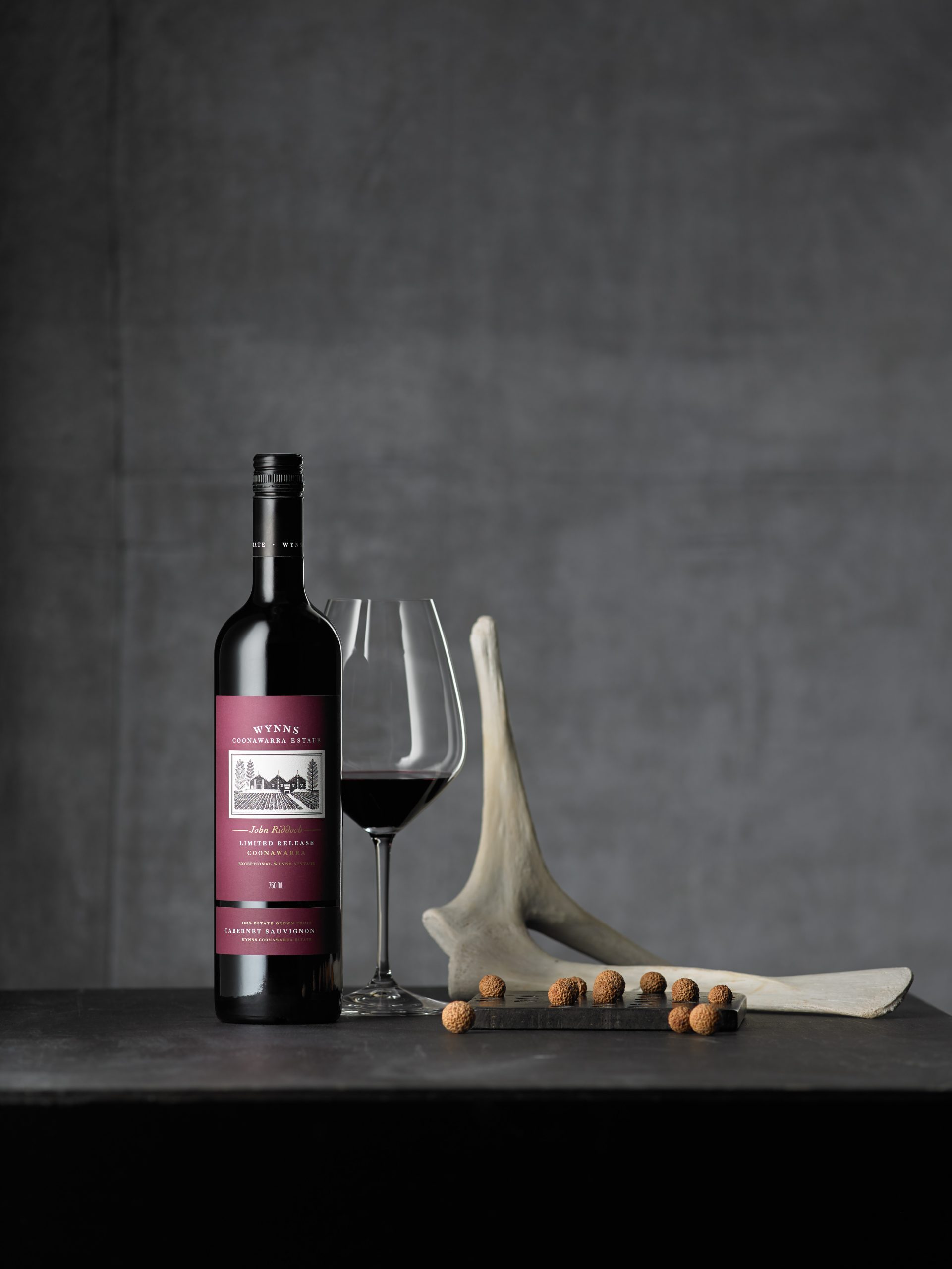Can vitiforestry help revive Champagne’s ‘dying’ soils?
With practically every scrap of land in the appellation turned over to the vine, biodiversity has been an inevitable casualty of Champagne’s global success. Can new initiatives such as Ruinart’s vitiforestry project in Taissy help redress the balance? Richard Woodard reports.

In the midst of Ruinart’s premier cru vineyard at Taissy sits a trio of giant, spiky art installations that resemble the nests of some huge prehistoric bird. Habitats is the work of Bavarian artist Nils-Udo; it’s also a very LVMH way of doing sustainability.
Tracing a line underneath Habitats – which are constructed from locally-sourced waste oak trunks, pine branches and vine prunings – is something that, in 2023, is an even rarer sight in the middle of a Champagne vineyard: a newly-planted hedgerow, stretching for 400 metres or so and neatly splitting the Meunier vines on either side. Young and awkward-looking now, in time the cherry, hawthorn, hornbeam and rowan planted here will be transformed into a proper field hedge, and a haven for wildlife.
“There is a major problem in all Champagne right now,” says Victor Gandon, who is in charge of Ruinart’s vitiforestry project at Taissy. “There is a lack of biodiversity in the vineyard. This is what happens when you grow only a single variety of plant, and the mechanical tools you use – tractors, etc – lead to a decrease in the biodiversity.
“We are facing really important problems of dying soils in Champagne. ‘Dying’ is a big word, but the soils are exposed, because they have been worked too much mechanically.”
Taissy represents one small step towards redressing that imbalance. In total, Ruinart has planted 5km of hedges here, including 22,000 plants and 15 species of tree and bush. Those species are taken from a Comité Champagne-approved list of native plants that don’t require special help in order to survive – and, crucially, that won’t pass on harmful diseases to the neighbouring vines.
There are bird houses, bat shelters and insect shelters too; in time, Gandon would like to plant trees in the middle of the vines, and – in collaboration with other houses and growers – create a ‘green lane’ of hedging and trees connecting the woods of the Montagne de Reims with the River Vesle to the north.
Projects like Taissy are simply trying to turn the clock back. “Fifty years ago, the vineyard plots were small and much more naturally separated from the others by trees, bushes and uncultivated areas,” says Gandon. “Now, not on purpose, we have redrawn the plots, with the consolidation of smaller plots into bigger areas.
“When you grow vines, you face some problems. When you find a solution, you face another problem. And now one of our problems is the lack of biodiversity – birds, insects, but also biodiversity underground.”
Partner Content

If Taissy could be seen as a harbinger of a greener future for the vineyards of Champagne, it is also highly unusual. Ruinart has 40 hectares of contiguous vines here – 20ha of Chardonnay, 20ha of Meunier – in three large blocks.
Elsewhere in Champagne, as Gandon says, “in one hectare you can have four, five or six owners, and everyone needs to agree about the way you grow your grapes”. He adds: “The size of the Taissy holding is the reason why we have started the vitiforestry project here. It’s an outdoor lab on a huge scale. What works in Taissy could work in other, smaller vineyards that we have elsewhere.”
The broader application of the lessons of Taissy is the big question here. It’s one thing to uproot three rows of premier cru Meunier to make way for a hedge; but will houses or growers be willing to do the same to their precious Pinot Noir vines in the heart of Aÿ, or to Chardonnay in Le Mesnil-sur-Oger? When the idea of planting trees in the midst of the Ruinart vines is mentioned later to cellar master Frédéric Panaïotis, he raises a sceptical eyebrow.
Taissy is just a microcosm of the broader conversation around sustainability in Champagne today. A succession of climatic challenges in recent vintages is threatening to interrupt decades of progress; the mooted appellation-wide ban on herbicides, due to be enforced in 2025, has been reclassified as an “objective”, and will not be included in the cahier des charges – the rulebook governing the appellation.
Growers and producers insist this is necessary because, in some areas such as steeply sloping vineyards, herbicides are the only option – but the effective shelving of the ban doesn’t look good for an industry with a rather difficult history when it comes to the environment.
The challenges of not using herbicides are apparent even on the gentle undulations of Sillery, another Ruinart vineyard close to Taissy. The 2023 growing season here, says Gandon, was “one of the most challenging years ever” and “a nightmare”, with spring and summer rains allowing grass to grow very fast between the vines – and the muddy ground conditions impeding work to disrupt the weeds.
Champagne has always been a marginal grape-growing location. For a while, it looked like climate change was – temporarily, at least – Champagne’s friend, bringing quality vintages on a more consistent basis. But the increasingly frequent disruptive weather events of the past decade or so are bringing fresh challenges to the area – and initiatives such as Ruinart’s vitiforestry project in Taissy are only part of the answer.

Related news
Castel Group leadership coup escalates
For the twelfth day of Christmas...
Zuccardi Valle de Uco: textured, unique and revolutionary wines




